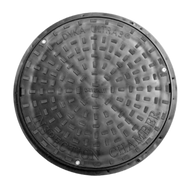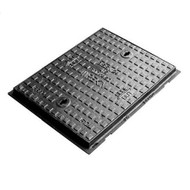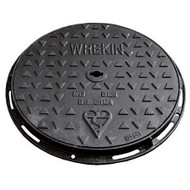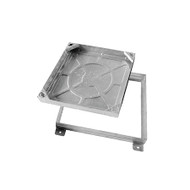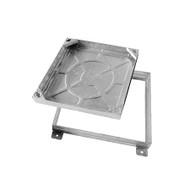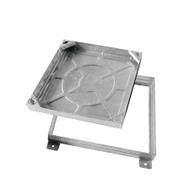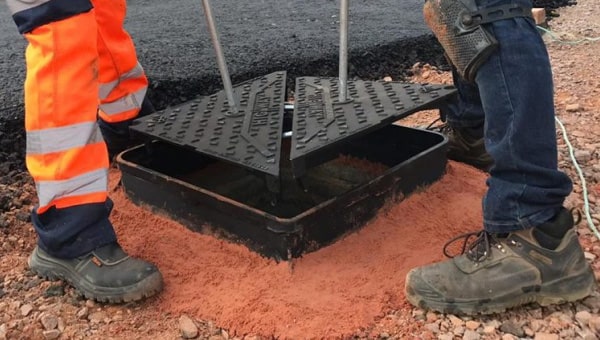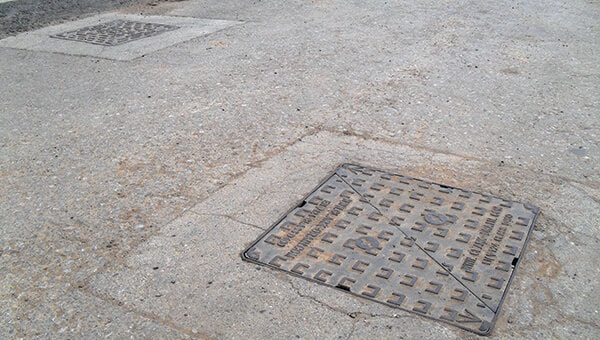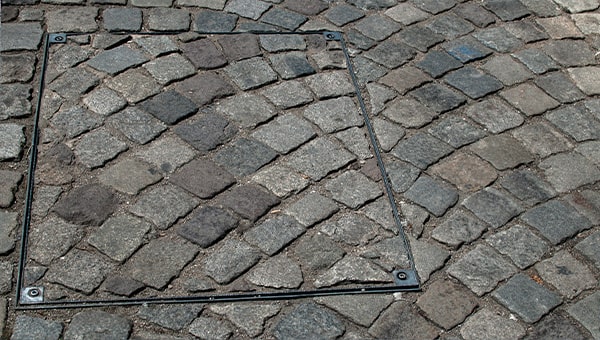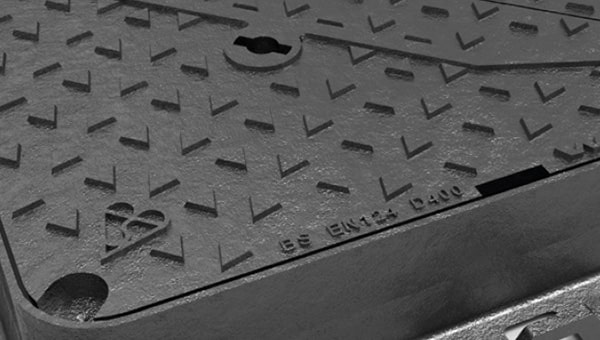Manhole and access covers are both manufactured in various shapes, sizes and materials to suit a variety of man-made hole covering applications. However, there are important differences between them that should know.
While manhole covers are technically access covers, not all access covers are manhole covers. There are different standards you must adhere to depending on where you use them.
What is a manhole cover?
A manhole cover is a removable lid over an opening to a man-made hole large enough for a person to pass through i.e. a manhole. For security reasons a cover keeps unauthorised people out and for safety reasons it prevents anyone (or anything) from falling in. These types of covers are typically used to safely and securely restrict entry to foul and surface water drainage systems, and other underground chambers, that require worker access for maintenance purposes. They are often made from cast iron, ductile iron, galvanised steel, concrete or even a combination of several of the above.
Manhole covers tend to be made from these strong and heavy materials to help keep them in place as traffic passes over them, and to make them difficult for unauthorised people to lift without suitable tools.
These types of covers are typically manufactured to BS EN 124:2015 (Gully Tops and Manhole Tops for Vehicular and Pedestrian Areas).
What is an Access Cover?
Access covers, similar to manhole covers, are removable lids placed over man-made openings to restrict access for safety and security reasons. These are usually found on pavements, footways, car parks, driveways and internal floors and they allow maintenance workers to gain quick, easy and safe access to concealed areas — such as electrical wiring, cabling, signals, plumbing, drainage, heating and ventilation.
Most access covers tend to be either square or rectangular in shape, and can be hinged for frequent use or designed for lifting out with special lifting keys, and can differ between indoor and outdoor use. Covers are typically available in stainless steel or aluminium, or composite materials, and designed to be a lot more aesthetically pleasing than standard manhole covers and blend in with their surroundings. Recessed access covers especially so, as they can be infilled with many different types of flooring, including bricks, ceramic tiles, concrete and granite to help them really blend in.
Where access covers are needed in trafficked areas they are manufactured to BS EN 124 (the same as manhole covers). But in light duty or light trafficked areas, typically up to 20mph, access covers can be manufactured to FACTA (Fabricated Access Covers Trade Association) classifications.
Key differences between manhole and access covers
The two cover types are very similar in both overall design and use — they both cover holes in the ground to prevent access for safety and security — and it can get confusing as a manhole is covering an access point to an inspection chamber, which makes it an access cover. This makes where you use a cover the key difference between using a manhole cover or an access cover.
- Manhole covers are commonly described as heavy duty cast/ductile iron covers used to conceal and protect the entrance to drainage systems and other inspection chambers, typically in areas with fast (> 20mph) or heavy traffic.
- Access covers are typically solid or recessed aluminium/steel (or composite) covers that provide a subtle or aesthetically pleasing finish to chambers that house utilities like electricity, signaling and cabling, in areas with traffic travelling less than 20mph or in pedestrian/landscaped areas.
Ultimately, whether you call them "Access Covers" or "Manhole Covers", you'll always get the right product as long as your purchasing decision is based on the correct loading specifications for your project.
For more information on cover loading specifications check out our other articles on manhole covers, and for more advice on how to choose the correct cover for your application, or contact JDP for help in the specification for covers.


